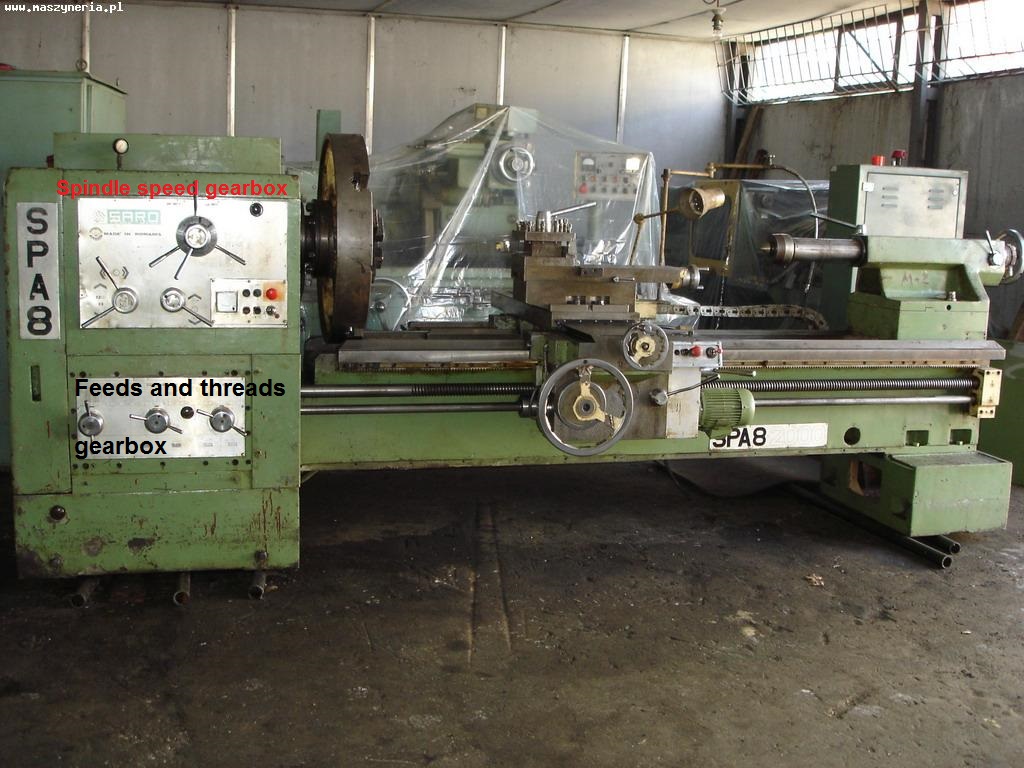Initially, the machines were powered by the forces of nature. Horse on a treadmill powered the a device, or a waterfall powered the mill. After the industrial revolution steam engine it replaced the horse and began a new era of industry. Newer inventions led to the creation of an electric motor. To this day, it is the main drive for all machines.
Machines also undergone a revolution. Revolutionary was the use of computers in the control of the machine axes. Initially, conventional machines were powered by a motor with a constant speed. To provide a variety of feed speed or use different spindle speed mechanical transmissions had to be. The complexity of the mechanism was proportional to the number of gears. Thus, for example, in lathes we have feed speed box, box threads and box to spindle rotary.
Conventional machine has a number of gears, which complicates the structure and affects its cost. Modern solutions allowed to control the rotary speed of motors allowing to eliminate mechanical transmissions.
Engines now provide smooth adjustment of the feed rate of each axis, without any gear. Similarly, designers spindle drives, are moving towards the elimination of mechanical transmissions. The use of electrospindles, will reduce the cost of construction machines and simplify their structure. The modular design of machines is the future development of this industry. This determines the direction of progress in the field of CNC controls and engineering.

